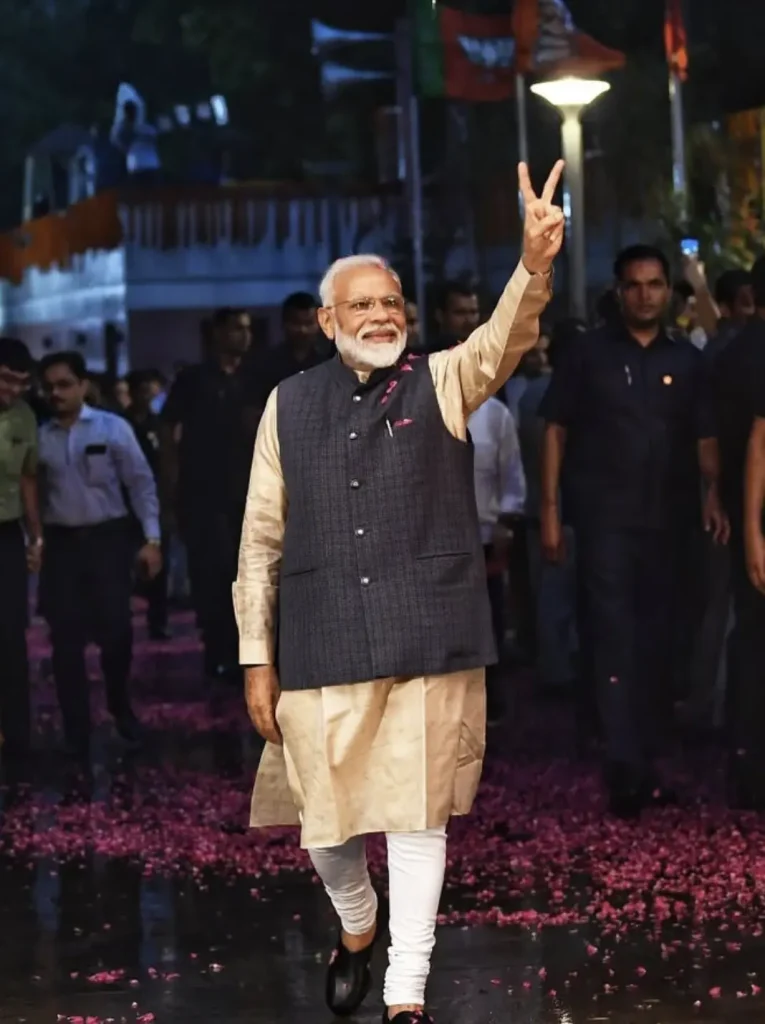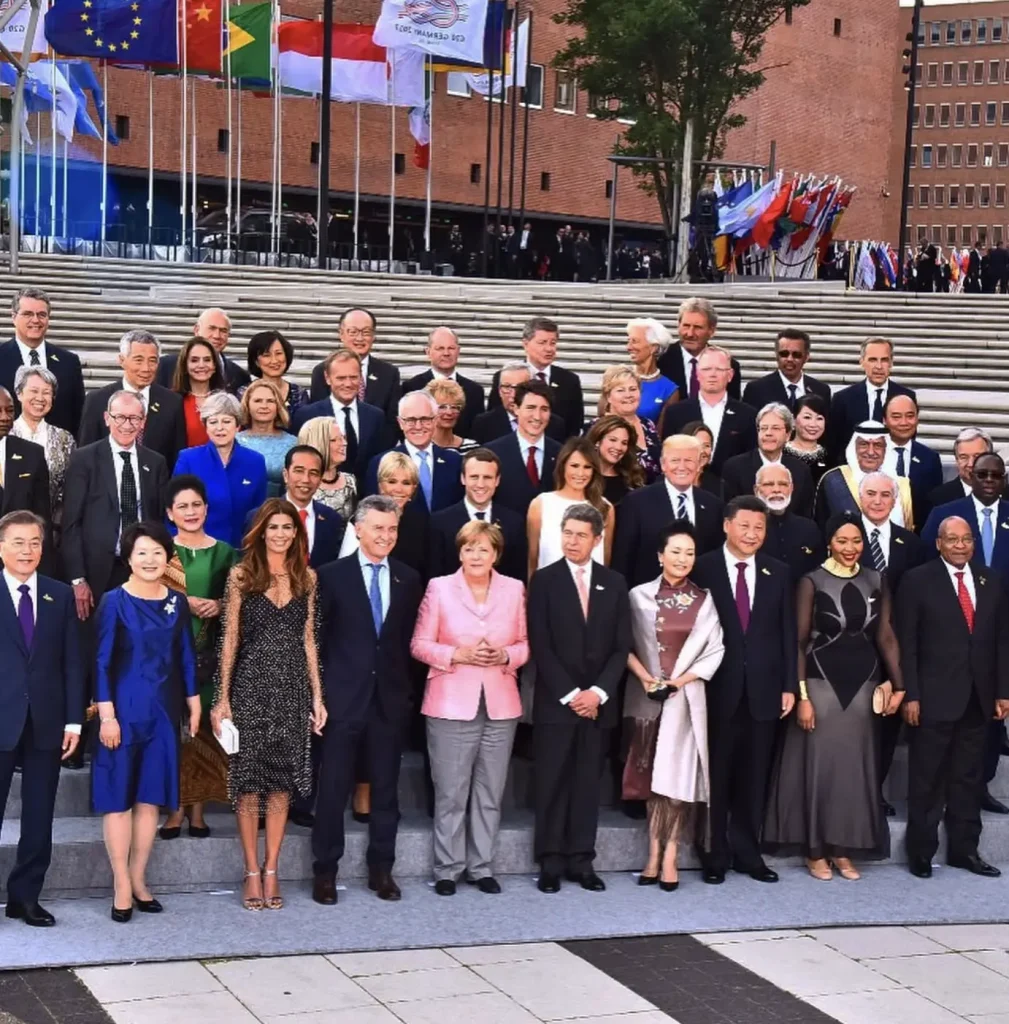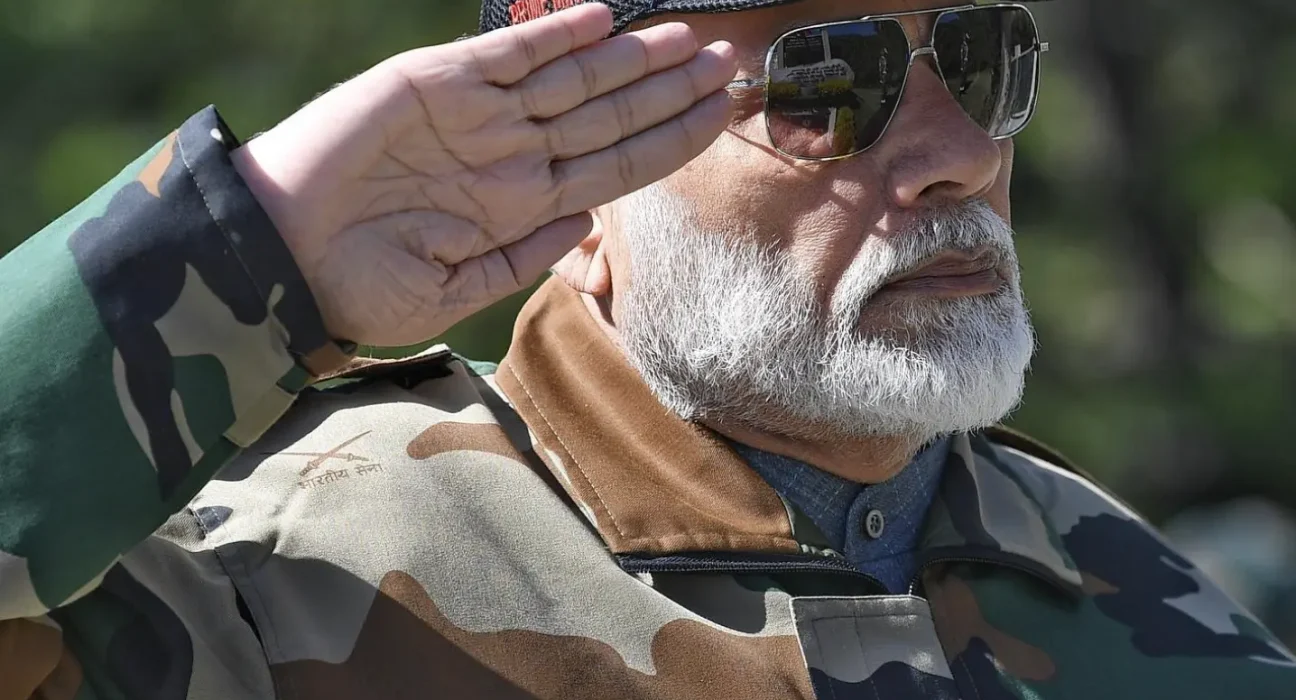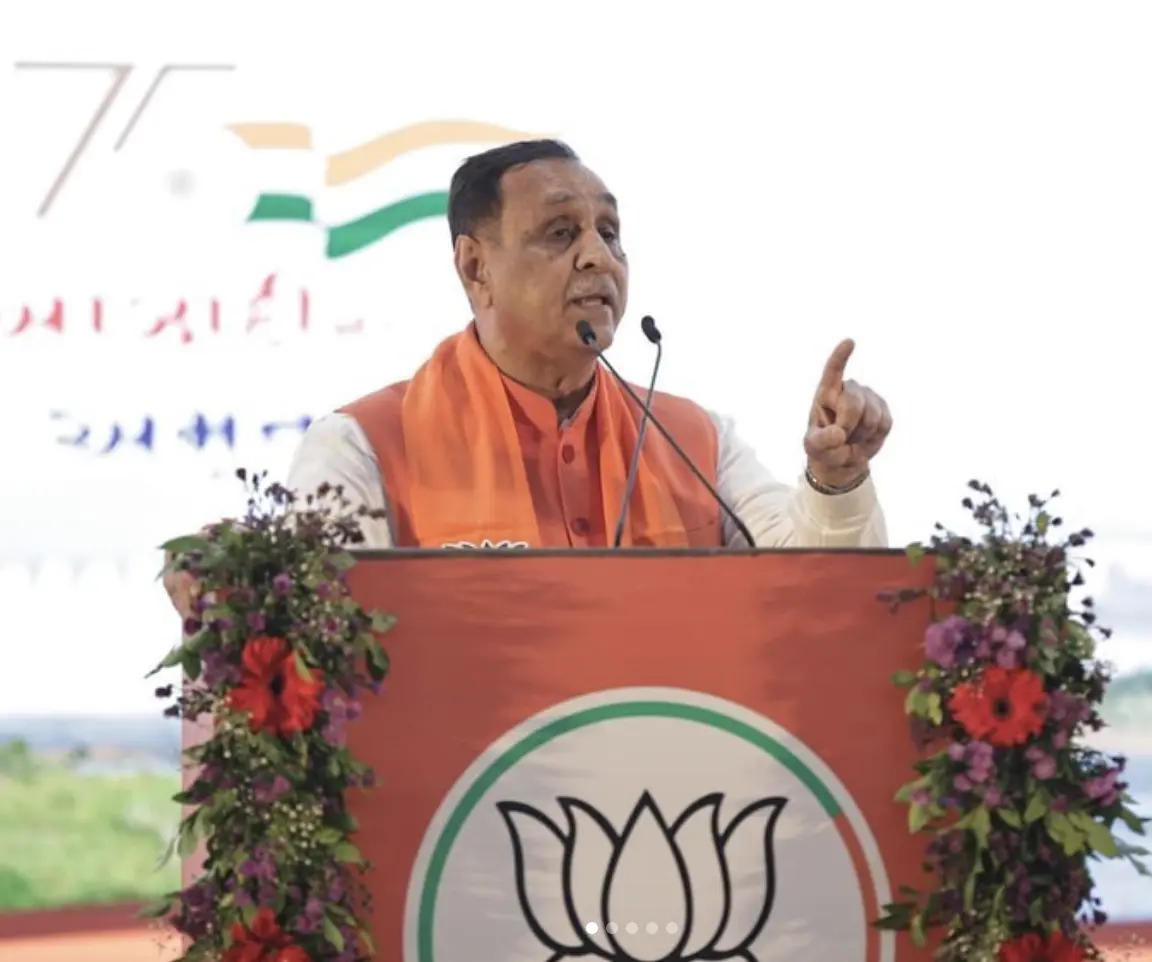Introduction
Synonyms of transformational leadership, Narendra Modi has left an indelible mark on the political and socioeconomic scenario in India. As the 14th prime minister in India, his journey from a humble tea seller to a global politician is no less than extraordinary. This biography of Narendra Modi discovers his early life, growth in politics, great achievements, and permanent heritage. Whether you are eager about their politics or personal lives, this detailed guide gives a deep dive into the life of one of the most influential leaders of India.
Table of Contents
Narendra Modi’s Early Life
Narendra Damodardas Modi was born September 17, 1950, into a minor family in Vadnagar, Gujarat. Their first year was characterized by simplicity and flexibility and shaped their character and leadership style.
- Family background: Modi was born to Damodardas Mulchand Modi and Hiraben Modi, who belonged to the OBC Modh-Ganchi community.
- Education: He completed schooling in Vadnagar and later received a bachelor’s degree in political science from Delhi University, followed by a master’s degree from Gujarat University.
- Early jobs: As a young boy, Modi helped his father run a tea stall at Vadnagar railway station, a story that resonates with millions of Indians.
Modi’s first performance for the nation created a sense of presidents and nationalism, which later defined his political ideology.
Narendra Modi’s entry into politics

Modi’s political visits began with the collaboration with RSS, respecting his organizational skills. His entry into mainstream policy came through the Bharatiya Janata Party (BJP).
Join RSS and BJP
- RSS participation: Modi began in the RSS in the 1970s and worked as a performer (pracharak), which gave him an experience of ground level.
- BJP membership: In 1985, he started in BJP and rose quickly through the ranks because of his strategic skills and engagement.
Chief Minister of Gujarat (2001–2014)
Modi served as chief minister of Gujarat for more than a decade and implemented policies that changed the state’s economy.
- Economic reforms: Under his leadership, Gujarat became a center for industrial development, with a lively Gujarat meeting.
- Controls: Gujarat’s riots in 2002 are still a chapter in a debate where critics and supporters have captured different views on their role.
- Performance: Infrastructure, renewable energy, and his focus on governance received him national recognition.
Table: Key Achievements as Chief Minister—Biography of Narendra Modi: Life, Achievements, and Legacy
| YEAR | ACHIEVEMENT | IMPACT |
| 2004 | Launch of Jyotigram Yojana | 24/7 electricity to rural Gujarat |
| 2007 | Vibrant Gujarat Summit | Attracted ₹6.6 lakh crore in investments |
| 2013 | Statue of Unity Project | Boosted tourism and national pride |
Narendra Modi as Prime Minister (2014 representative)
In 2014, Modi’s BJP led to a historical victory, which made him the prime minister of India. His functional time is characterized by bold reforms and global search.
First period (2014-2019)
Modi’s first period focused on economic development, digitalization, and social welfare.
- Make in India: Launched to promote production and attract foreign investments.
- Swachh Bharat Abhiyan: A nationwide sanitary campaign to improve cleanliness.
- Demonetization (2016): A controversial step to cushion black money with mixed results.
Statistically: According to the World Bank, India’s GDP growth was 7% annually during Modi’s first period.
Second Term (2019-Present)
In the election in 2019, Modi continued its reform agenda, focusing on infrastructure, defense, and digital innovation.
Self-Reliant India: Promoted self-sufficiency through local production and innovation.
- Article 370 Cancellation: A historical decision to integrate Jammu and Kashmir all the way into India.
- COVID-19 response: With more than 2 billion doses administered until 2023, the world’s largest vaccination station monitors.
Global leadership

Modi’s foreign policy has increased India’s global status.
- Indo-USA Conditions: Strengthened relationships through bilateral agreements and set up a summit with the United States.
- Climate cost: International Solar Alliance did masters to promote renewable energy.
- G20 Presidential (2023): India’s leadership under Modi demonstrated its diplomatic skills.
Personal life and values
Narendra Modi’s personal life reflects simplicity and discipline.
- Lifestyle: Modi, a vegetarian and businessman in yoga, promotes healthy life.
- Family: Modi is married to Jashodaben, even though he has lived individually for decades.
- Hobby: He is a happy Chawla Pathak and writer, with books like Exam Warriors.
Great achievements and heritage
Modi’s leadership has rebuilt India in many ways.
- Digital India: In 2025, the Internet was expanded in rural areas with more than 600 million internet users.
- Women’s Empowerment: Initiatives such as Beti Bachao Beti Padhao have promoted equality.
- Room exploration: Under Modi, ISRO provided milestones such as the Chandrayaan-3 mission.
Their heritage is one of bold decisions, although the debate persists on the long-term effect of their policy.
Conclusion
Narendra Modi’s biography is a testament to flexibility, vision, and leadership. From its humble beginning to the operation of India, Modi visits millions of people through transformational reforms. In the comments below, share your views on the legacy or find out the articles related to India’s political history. Get informed and join the conversation!
FAQs
1. What is Narendra Modi’s educational background?
Narendra Modi has achieved a bachelor’s degree in political science from Delhi University and a master’s degree from Gujarat University.
2. How did Narendra Modi start his political career?
Modi started with RSS in the 1970s, joined BJP in 1985, and rose to prominence as chief minister of Gujarat in 2001.
3. What are some of the most important initiatives launched by Narendra Modi?
Large initiatives include Make in India, Swachh Bharat Abhiyan, Digital India, and Atmanirbhar Bharat.
4. How has Narendra Modi affected India’s global image?
MODI has strengthened India’s global appearance through international Solalliansen’s similar initiatives and active participation in forums such as G20.





